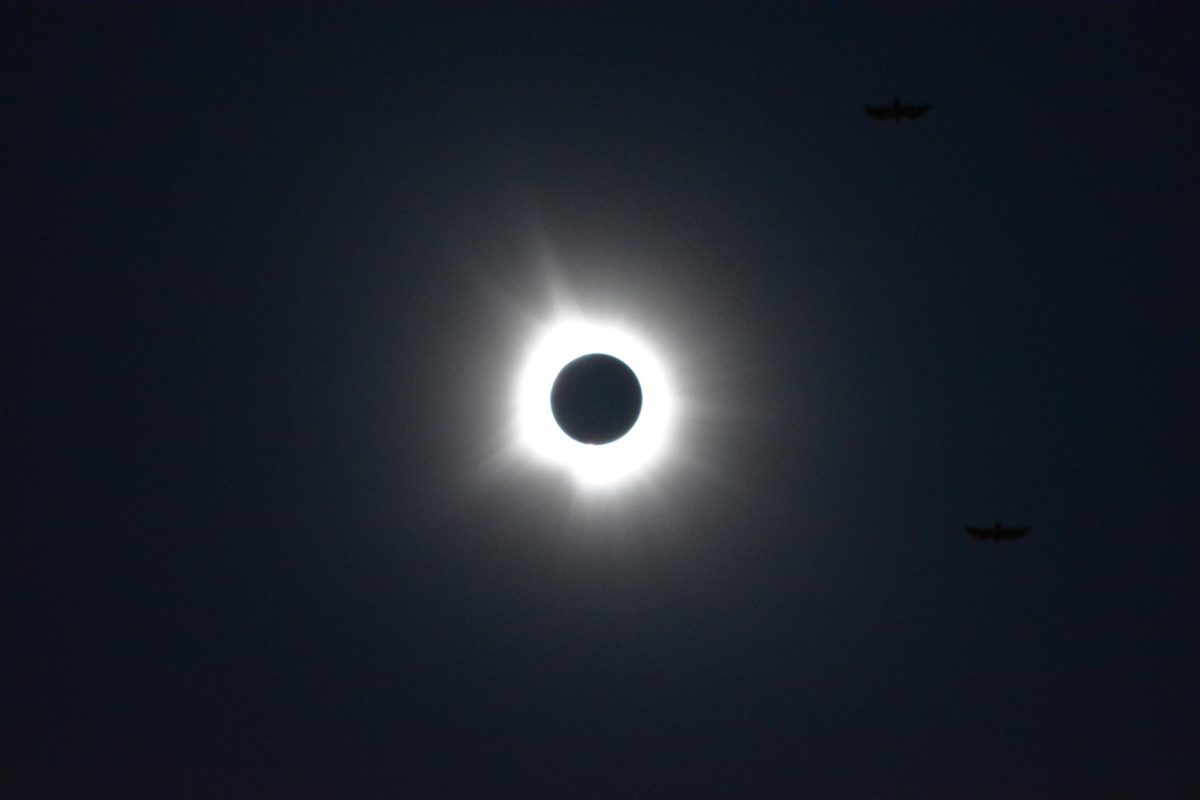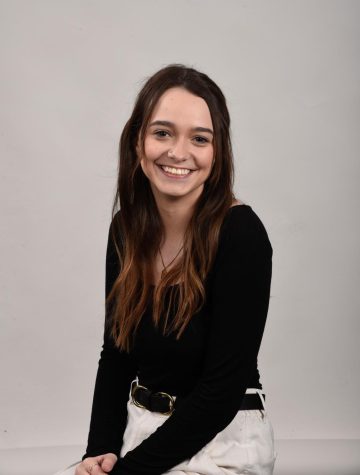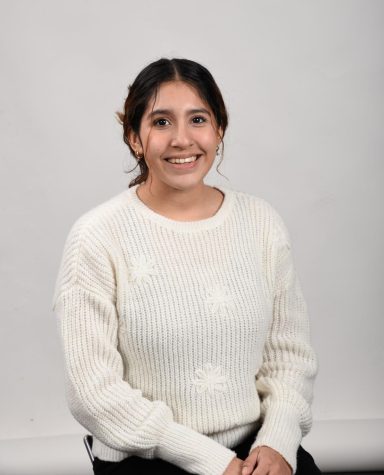The April 8 total solar eclipse was a historical event for those in the line of totality, including the Evansville community and those within it, such as USI. Prior to this eclipse, another significant eclipse took over the USI community and captured a moment of history.
The recent total solar eclipse included a two-day event, Solarpalooza, with 5,000 estimated attendees. Solarpalooza featured former and current NASA astronauts and included free eclipse glasses, local and on-campus organizations, free T-shirts and food trucks. The university and Evansville-Vanderburgh School Corporation also canceled classes due to the eclipse.
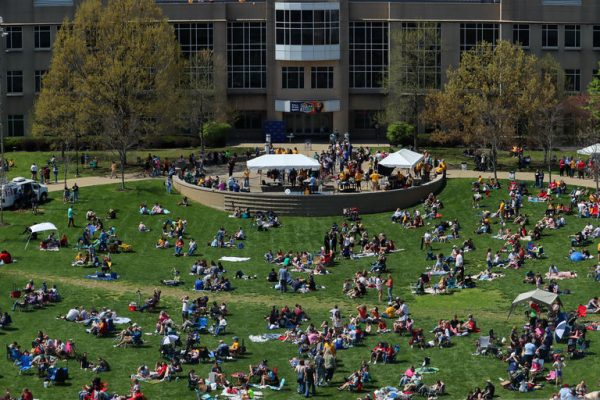
Prior to the total solar eclipse, the previous most recent solar eclipse to pass over Evansville, Indiana, was a partial eclipse in 2017.
According to USI’s website, during the solar eclipse in 2017, over 700 elementary and middle school students across Evansville visited campus to view the 99.04% totality.
USI’s geology and physics department hosted a viewing on The Quad, according to the Courier & Press. The event was free and open to the public. Solar-filtered telescopes, a viewing screen and around 400 eclipse glasses were available for attendees.
Kent Scheller, professor of physics and chair of the 2024 Solarpolooza committee, said a committee was formed for the 2024 solar eclipse after the partial solar eclipse in 2017.
“Well, in 2017, we had a partial solar eclipse, and we had a neat event, but it wasn’t near as big as what we’re going to experience, so we knew in 2017 that we wanted to do this right for the 2024 event,” Scheller said.
Around 750 kindergarten through eighth-grade students visited campus from surrounding schools, such as Evansville Day School, Helfrich Park STEM Academy, Fairlawn Elementary School, St. Matthew Catholic School and Mt. Vernon Junior High School.
Schools in the district did not cancel classes. Some held viewings outside, while others stayed in classrooms. Aug. 21, 2017, was also the beginning of the fall semester and the first day of classes at USI. Classes were not canceled for the event.
According to USI’s website, Oscar Salazar, founding chief technology officer of Uber, was the speaker for the event in 2017.
This year, Joan Higginbotham, retired NASA astronaut, spoke during Solarpalooza, and Sara Zwart, NASA senior scientist and deputy manager for nutritional biochemistry, shared a live-streamed presentation as the final event.
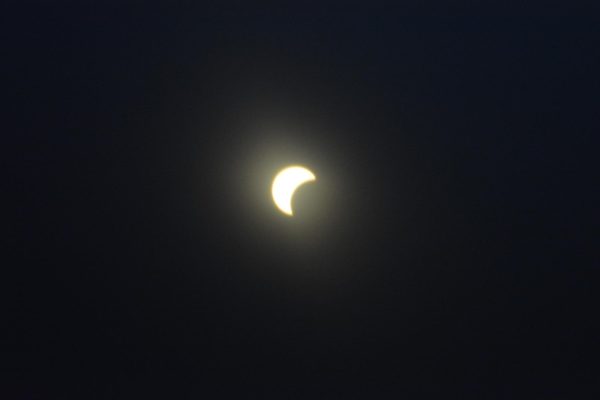
Both events were free and open to the public.
Along with the speaker at the 2017 event, there was also an educational program for students. Children could learn about the eclipse from USI officials and make “cereal box viewers,” as described by the Courier & Press.
According to “Illume” Magazine Vol. 50, No. 2, a group of USI students participated in an Eclipse Ballooning Project alongside 54 other university teams during the 2017 solar eclipse. The group of USI students camped out the night before the eclipse and launched an eight-foot, helium-filled balloon 100,000 feet into the air an hour before “totality” passed over their location in southwestern Kentucky. The students equipped their balloon with video and still cameras and a GPS tracker to be recovered when it popped after the eclipse. Their live footage and images were streamed on NASA’s website.
The last total solar eclipse in Evansville was 155 years ago, in 1869. The next total solar eclipse to pass over Evansville, Indiana, will be in 129 years on Oct.17, 2153, at around 11:08 a.m., according to the Courier & Press and Eclipse Wise.


